×
Save 20% On Your Purchase!
Use code SAVE20 at checkout to save on your purchase today from my Herbal Shop!
×
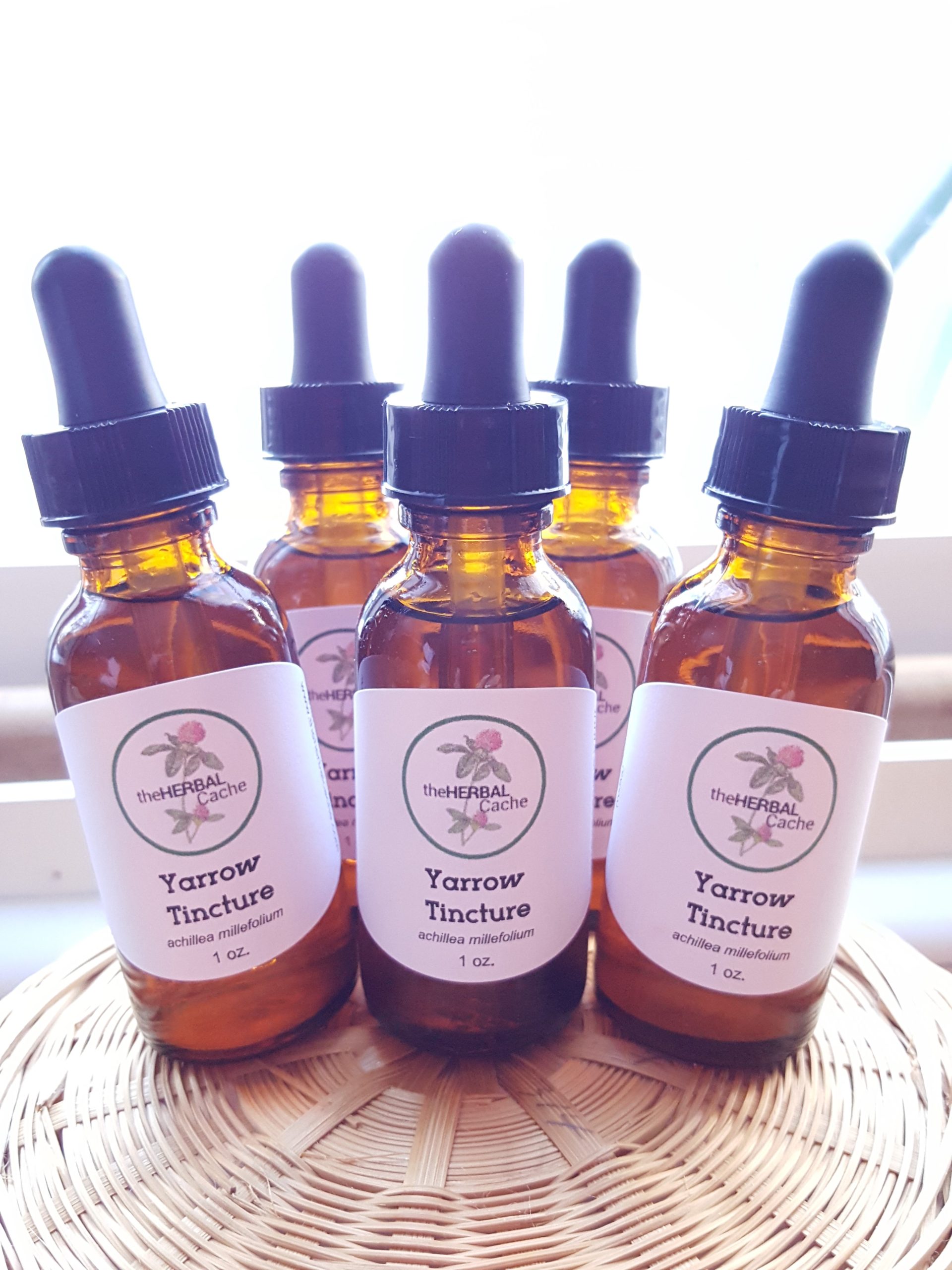
In a world where everyone tries to be the same, being different is a breath of fresh air. And that is exactly what I need to be to make it in the herbal world. Standing out from the crowd is essential, because no one ever made a difference by being like everyone else.
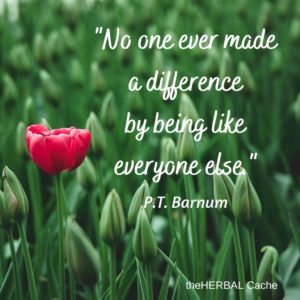
The answer is simple: be myself!
I can do this by being confident in who I am, being true to my values, and by sharing my knowledge with others.
Being confident in who I am is the foundation for everything else. If I don’t believe in myself, no one else will. So it’s important that I nurture a strong sense of self-worth. This doesn’t mean being egotistical or self-centered. It means having a healthy respect for myself and my abilities.
Being true to my values is also important. I need to stay true to what I believe in, even if it goes against the grain. If I’m not authentic, people will see right through me.
Finally, I need to share my knowledge with others. If I keep everything to myself, what’s the point? It’s important that I share my expertise with those who are interested. That way, I can make a difference in the herbal world.
Be different. Be unique.
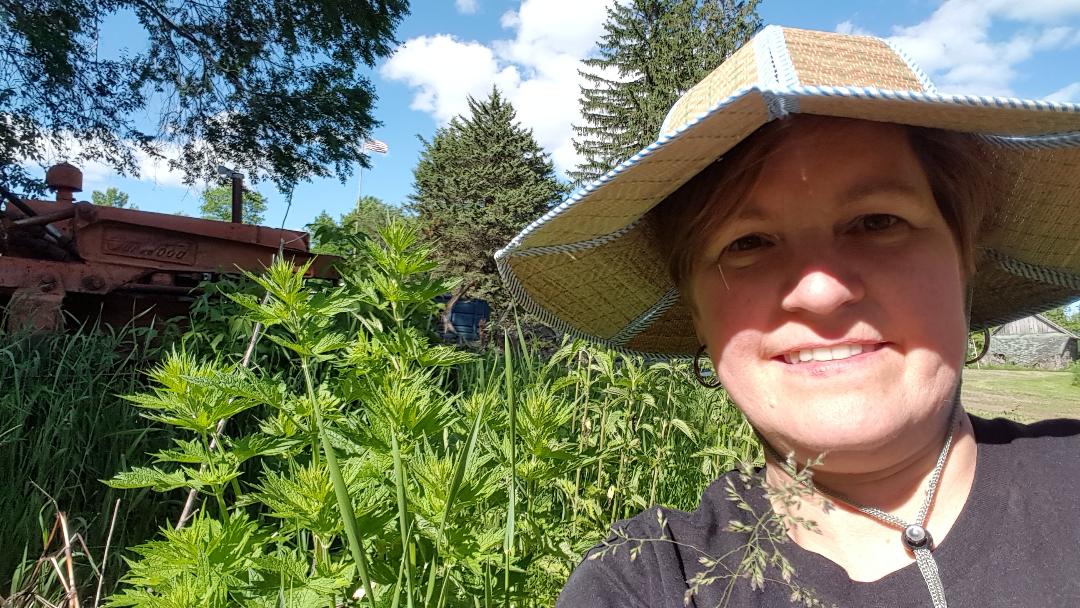
Herbalism has really gained momentum over the past few years, with more and more people looking to nature for wellness.
So where does that put me as an herbalist?
Lost! LOL!
Recently, I have started to feel like I’m swimming in an ocean, and have no sense of direction. I’m focusing on this, and then I’m focusing on that. For an entrepreneur, that is not good.
But I want to learn everything about herbalism and all there is to know about plants!
Well, I know I can keep learning. But if I want to grow my herbal business, I need a plan. I need some form of direction so my customers, like you, know what the heck I’m offering them.
My first path I want to create will be focused on herbal beverages and cocktails.
I recently read a tidbit in an email from CommonWealth Herbs on infusing herbs in wine. That caught my eye, because I love wine. So I tried it.
After that, herbs and beverages just kept popping out at me. A botanical drinks course, books, recipes, etc. And so I thought, why don’t I focus on herbal beverages? This is an easy and wonderful way to add herbs to your diet.
After all, what could be more refreshing than a nice cold herbal tea on a hot summer day? Or a delicious cocktail made with fresh herbs?
There are many types of beverages I will be looking into. Some of those will be mead, wine, infusions, shrubs, tonics, switchels, ciders and more!
As I go along on my herbal journey, I will be sharing it with you too, so that you can take part in the wonderful world of herbal drinks and add them to your wellness cabinet.
Cheers!

As with anything, the government likes to dip its hand into herbalism when it sees fit.
Don’t get me wrong, we need laws and guidelines to keep things in order. Herbalism is such a large part of our lives and it’s important to be informed about the laws and guidelines that surround it. But sometimes I feel the government takes on more then what it should.
So with this being said, with this pathway, I want to look at the history of herbalism and Big Pharma, and how they have competed throughout the years. I also will look at the current standings and bills trying to get through the legislature that involve the future of herbalism and supplements.
After all, we are the ones who use these products and we should have a say in how they are regulated.
I may only be one person, but I have to do what I can as an individual to keep herbalism safe and alive. And that means being aware of what is happening at the government level as well as what is happening in my backyard.

So my two focuses for the future are herbal beverages and the laws that affect herbalism. I don’t know how long this journey will be, but I know it will be interesting and thirst satisfying!
I will still be inserting other topics in here and there. Need to keep things interesting, right?
So I hope you will stick around for the journey.
Varicose veins are a common problem, affecting an estimated 25% of the population. While there are many treatments available, including surgery and compression stockings, some people prefer to try natural remedies first. In this blog, I will share 12 blog posts and articles discussing the benefits of using herbs to treat varicose veins and what those herbs are.
Varicose veins are veins that have become enlarged and twisted. They can be painful and unattractive. While varicose veins used to be treated with surgery, there are now a number of non-surgical treatment options available. One popular option is herbal support. Herbs can help to improve the function of the veins, reduce swelling and pain, and promote healing.

Herbs have been used for centuries to treat a variety of medical conditions, and varicose veins are no exception.
There are many different herbs that can be used to treat varicose veins, each with its own unique set of benefits.
Herbs offer a natural and affordable way to treat varicose veins. Some of the key benefits of using herbs include:
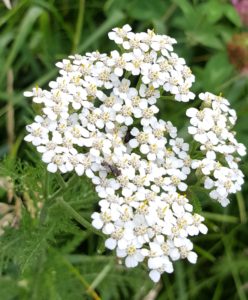
Herbs offer a safe and effective way to treat varicose veins, and I hope this blog post has provided a few ideas for you to start with.
Remember, an herb that works for one person, may not necessarily work for you. Experiment and try them, one at a time to see where you have the best results.
Exercise, diet and sleep also play a role, so don’t forget about them.
I make and sell a natural varicose vein cream that has helped a number of my customers over the years and it is my number one seller.
I grow, forage and wildcraft the yarrow and calendula that I use. The other ingredients I get from reputable sources, such as Mountain Rose Herbs.
If you are ready to combat your varicose veins, you can purchase it HERE.
Here is what one of my customers had to say:
I have to say my expectations were low when I purchased this, because I suffer from spider veins (not varicose veins) and based on my research, the only remedy was sclerotherapy, a costly procedure. I bought 2 small jars (at a great price btw) with nothing to lose. The first couple of weeks, I did not think it was working. Some days the spider veins looked a little faded, other days, unchanged. About 3-4 weeks into applying the cream 2x a day, my spider veins are nearly INVISIBLE!!! I’m genuinely mind blown. I feel so great knowing I won’t be self conscious wearing short shorts and exposing my spider vein-free thunder thighs to the world. About to purchase some more because I don’t wanna run out of this stuff. A 2 oz jar lasted me 4-5 weeks of 2x day application. If you have spider veins, definitely give this a try!
Gardening is such a relaxing and fun activity, and the whole family can join in. The best thing about gardening is that you get to reap the food benefits at the end!
If you’re interested in having a medicinal garden that is low-maintenance, there are certain things you should keep in mind to make it succeed. This includes when to plant, what plants to choose and where to put them. So be prepared to do a little research for your area.
Also, with all the chaos going on in today’s world, now is the perfect time to grow your own and not have to rely on others. Especially with the prediction of shortages looming over our heads.
Medicinal gardens provide many benefits. Not only do they look beautiful, but they can also be used to create natural remedies and food.
And don’t worry about space. Even if all you have is a balcony or small patio, you can utilize pots to grow your herbs in.
Don’t take on too much at the beginning. If you are new to gardening, maybe start with 1-4 plants and see how you do, and how the plants do. The last thing you want to do id overwork yourself and get frustrated and quit.
If you’re interested in starting your own medicinal garden, keep on reading for everything you need to know.
“The kiss of the sun for pardon,
The song of the birds for mirth
One is nearer God’s Heart in a garden
Than anywhere else on Earth.”
Many people enjoy planting medicinal herbs and other medicinal plants. The benefits of these plants have been known for centuries, and they continue to be used by many cultures around the world.
While the exact time to start planting will vary depending on the plant and the climate, there are a few general guidelines that can be followed. For most medicinal plants, it is best to start planting in early spring. This gives the plant time to become established before the hot summer months. However, some plants, such as lavender, do better if they are planted in late summer or early fall.
Think about how you want to start out. Do you want to try growing your herbs from seed or buy seedlings? Some herbs are very hard to start with seeds, so research before buying.
Many herbs are perennials, meaning they will come up every year, so once you get them started, you won’t have to replant them. One less thing to do next year!
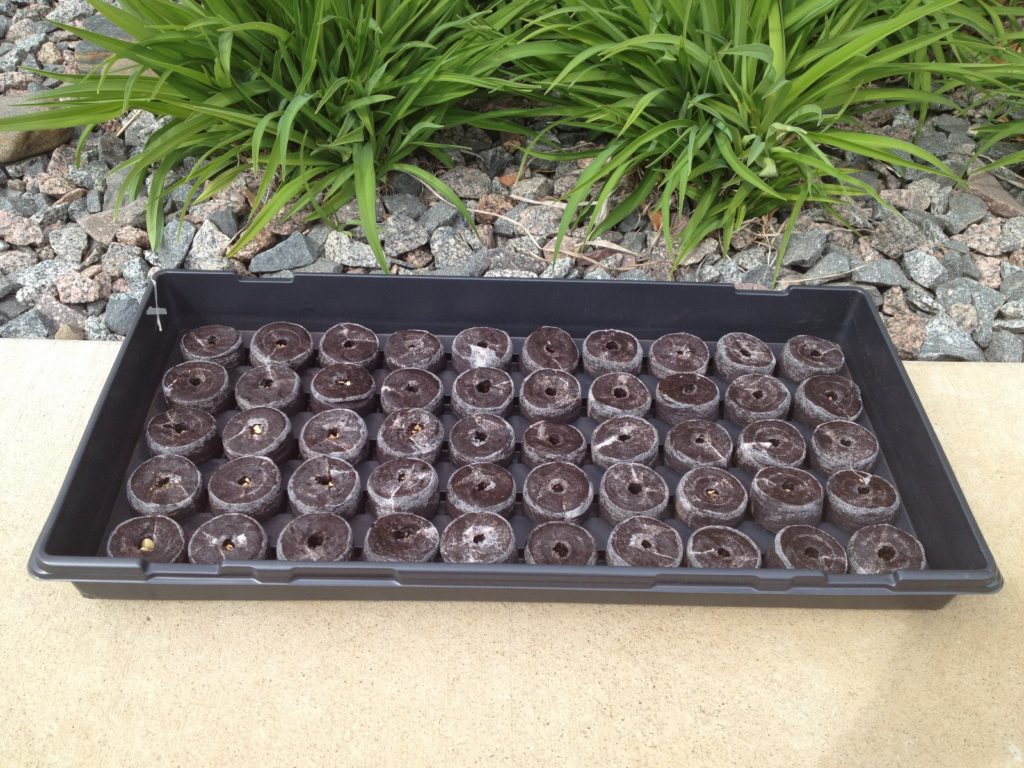
When it comes to medicinal plants, there are a variety of different options to choose from.
Some popular choices include herbs such as basil, rosemary, and mint. These herbs can be used to add flavor to food or brew tea. Other medicinal plants include echinacea, which is used to boost the immune system, and ginkgo biloba, which is often taken as a supplement to improve cognitive function.
Determine what and how you plan to use the herbs. Do you want to just use them in cooking? Than look into planting culinary herbs, such as thyme and sage. If you plan on using them for strictly medicinal purposes, what medicinal issues? If you have skin issues, you may want to plant calendula, which is wonderful for healing wounds, rashes, burns, and dry skin.
No matter what medicinal plants you choose to grow, it is important to research how to care for them properly. Make sure you know how much sun, water and space they will need, as well as any other special requirements.
With a little bit of care, your medicinal garden will grow and produce healthy plants.
Excited about the idea of growing your own medicinal plants and herbs, but not sure where to start? If you’re looking for a spot that is low maintenance and will allow your plants to thrive, here are a few ideas to get you started.
One option is to create a medicinal garden in containers. This can be an easy way to get started, and it gives you the flexibility to move your plants around if necessary. Make sure to choose containers that are large enough for the roots of your plants, and place them in an area that gets plenty of sunlight. You’ll also want to be sure to water your plants regularly, as they can dry out quickly in containers.
Another option is to plant your medicinal garden directly in the ground. If you choose this option, make sure to pick an area of your yard that gets plenty of sunlight and has well-draining soil. To prepare the soil, mix in some compost or other organic matter to help the plants thrive. Once you’ve chosen a spot and prepared the soil, you can start planting your medicinal garden.
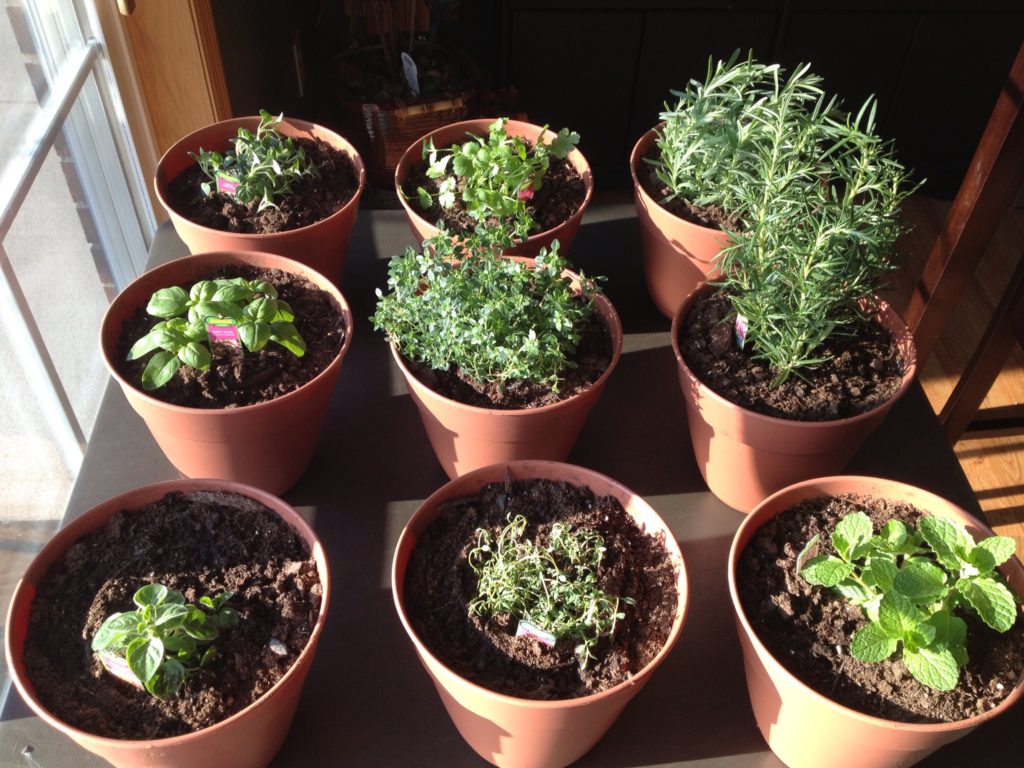
When it comes to medicinal plants and herbs, there are a few things you can do to ensure they thrive in their environment.
First, make sure they have plenty of sunlight. Most medicinal plants and herbs need at least 6-8 hours of direct sunlight each day. Secondly, water them regularly. Allow the soil to dry out slightly between watering, but don’t let the plants get too dehydrated. Third, make sure they’re in a location with good air circulation. Avoid placing them in overly humid or damp areas, as this can lead to fungal growth. Finally, don’t forget to fertilize your plants every few weeks. This will help them to continue growing strong and healthy.
Don’t get upset if a herb or two die on you. Depending on the time of year, you can always plant it again. I love a quote by the Farmstead Lady: “Well, that’s why God invented next year”! Don’t give up on the first try.
If you stay on top of it, you can help your medicinal plants and herbs stay healthy and thrive.
While many medicinal plants are herbs, there are also medicinal flowers and trees.
If you’re looking to add more medicinal plants to your garden, there are a few things to consider. First, what do you want to use the medicinal plants for? There are many different types of medicinal plants, each with their own unique properties. Do some research to find out which plants would be best suited for your needs. Second, consider which plants would be low maintenance. Some medicinal plants can be quite finicky, so it’s important to choose ones that will be easy to care for. Finally, think about how you can add variety to your garden. Maybe you could add some herbs or flowers that can also be used medicinally.
If you’re interested in adding more variety to your medicinal garden, consider some of the following low-maintenance options.
One easy-to-grow medicinal plant is lavender. Lavender has a long history of use as a medicinal herb, and it can be used fresh or dried. Lavender is most commonly used to ease anxiety and promote relaxation, but it can also be helpful for headaches, insomnia, and stomach upset.
Chamomile is another easy-to-grow medicinal plant. Chamomile tea is well-known for its ability to soothe nerves and promote sleep. Chamomile can also be used as a topical treatment for skin conditions like eczema and psoriasis.
Rosemary is a versatile medicinal herb that can be used in cooking or taken as a supplement. Rosemary is thought to improve memory and concentration, and it has also been traditionally used to treat stomach upset and headaches.
Mint is a refreshing medicinal plant that can be used in teas, salads, or as a garnish. Mint is known for its ability to soothe an upset stomach, but it can also be helpful for respiratory problems and headaches. One thing to keep in mind with any member of the mint family, is that they will take over ground space. If this is an issue, consider planting mint in a pot.
Spiraea Herbs has a wonderful video showing some perennial herbs that you can add to your garden.
These are just a few of the many medicinal plants and herbs that you can grow in your garden. By adding a few of these low-maintenance options, you can create a medicinal garden that is both beautiful and functional.
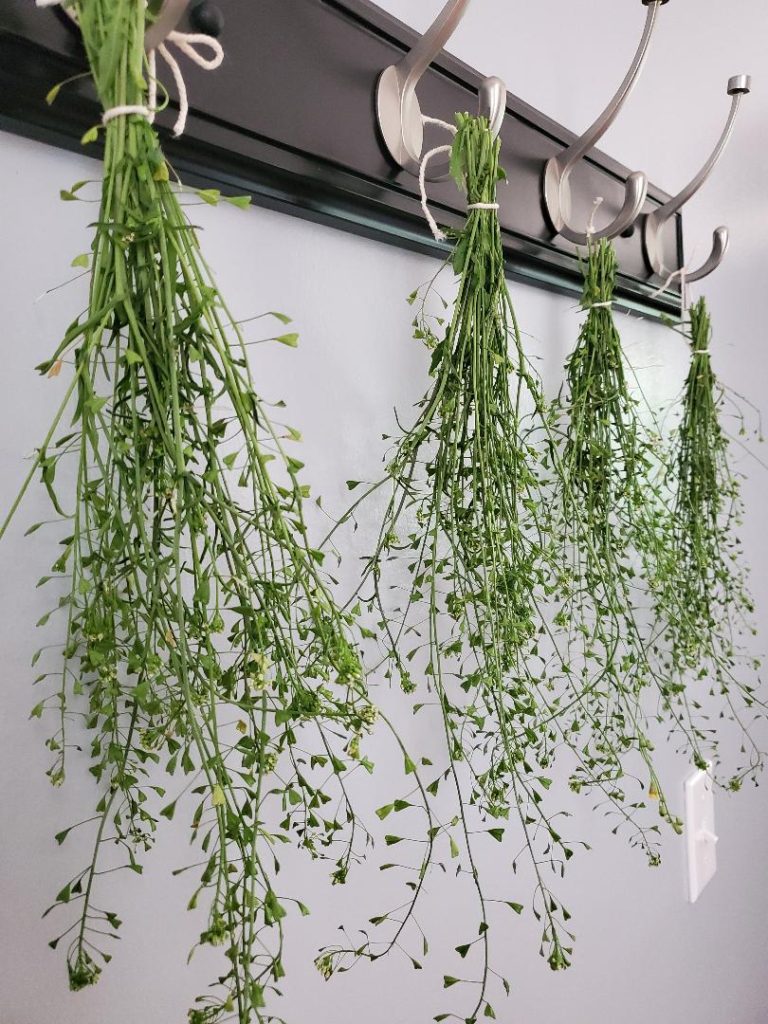
When it comes to medicinal plants, it’s important to know when to harvest them and how to store them properly. Otherwise, they may lose their potency or go bad before you have a chance to use them. Here are a few tips to help you get the most out of your medicinal plants:
With these tips, you can ensure that your medicinal plants are fresh and potent when you need them.
I hope this has inspired you to either start or add medicinal herbs to your garden.
There are many different types of medicinal plants, each with their own unique properties. Do some research to find out which plants would be best suited for your needs.
Second, consider which plants would be low maintenance and survive in your neck of the woods. Some medicinal plants can be quite finicky, so it’s important to choose ones that will be easy to care for. A plant that is easy to grow in California, may need a lot of attention in Minnesota.
Finally, take some time to learn about harvesting and storing medicinal plants. By following these tips, you can create a medicinal garden that is both beautiful and functional.
What medicinal herb are you going to plant?
If you are wondering where to get quality herbal seeds, Mountain Rose Herbs is the place to check out.
I’ve been getting herbs from them for years and trust them for high quality and ethically sourced ingredients. Their botanicals are analyzed and tested for identity, microbial, chemical, and physical contaminants.
Start shopping for your herbal seeds now!
Garden Lover
Here is a fun video to help get you in the mood!
Elderberries have been all the craze for some time. People make syrup, jam, tea and more with these berries.
What I found out in researching elderberries, was that these berries are very special. They are like the secret remedy for colds and the flu!
There are a few types of elderberry plants, but the black elderberry, Sambucus canadensis, is favored. Because of its strong anti-viral properties, it a huge defender against colds and the flu. Thus the reason for being so popular in the fall.
Sadness and death can creep up at anytime. I don’t think one can ever be fully prepared for either.
I know I wasn’t.
My father passed away rather quickly just a few weeks ago. I’m still trying to wrap my head around it and keep asking myself, “Why?”
I also can’t help but wonder if I shouldn’t have done more, taken action, asked more questions, pushed harder, spoken up, made inquiries, etc. Why didn’t I?
These are questions that plague me everyday. I try to convince myself that it was his time. But was it?
The grief that overwhelms me is constant and heavy. Day in and day out, I ponder and wonder how I’ll be able to go on.
So I bring back happy memories. Those days filled with good things, like birthdays and weddings.
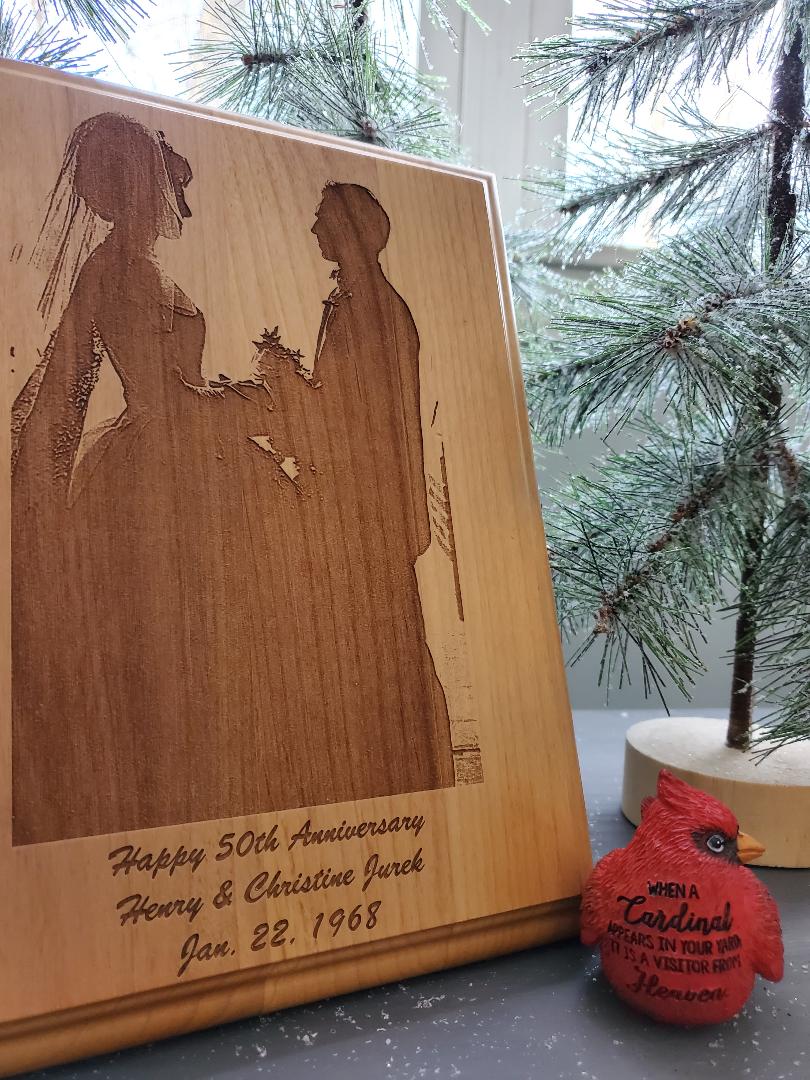
“When a cardinal appears in your yard, it is a visitor from heaven”
Everyone needs different forms of comfort and support when grieving. For me, it’s litttle things that don’t otherwise seem to matter.
Take the red cardinal for instance. A few days after my Dad’s passing, a bright red cardinal came and landed in the snow right outside my patio door. How it stood out in the snow!
I hadn’t seen a cardinal in the backyard for quite some time, so was pleasantly surprised.
A couple days later when I returned to work, a co-worker gave me the red cardinal, saying she had received one the year before when her father passed away. What a coincidence!
The appearance of a red cardinal has the spiritual meaning of a lost one who is thinking about you and sending you a message. That brought some comfort to me.
Deep rooted emotions of grief can be hard to cope with for everyone. Grief can affect people emotionally, physically, and spiritually. Grief also has the ability to affect you physically as well as mentally.
In these cases, we may need something more then just comfort to help us move through our grief. I needed something to help me fall asleep so I wasn’t constantly questioning my actions, or rather, lack of action before my Dad passed away.
So I turned to my plant allies.
Herbs have been around since the beginning of time. They have been used for many different things from illness to helping cope with situations such as loss, sadness and death.
Lets take a look at some herbs that have been used, and still used today as ways to help with dealing with grief and death.
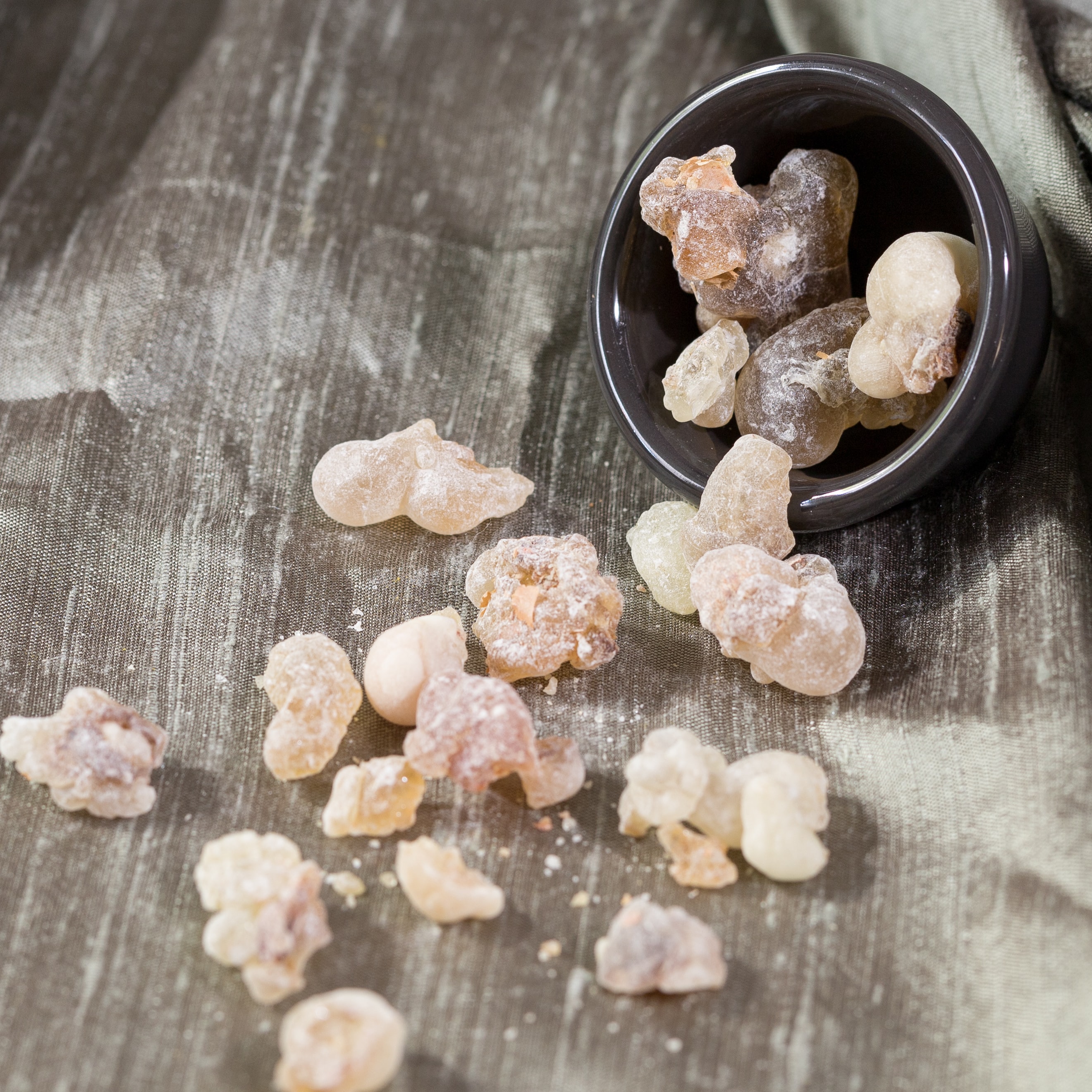
The first herb/plant that came to me when thinking about grief and death, was frankincense. And for good reason.
Frankincense was one of the gifts from the Three Wise Men to the baby Jesus. It has been used for over 5000 years in religious ceremonies in a number of cultures and religions.
Frankincense is a resin that comes from the bark of the boswellia tree that is native to the Middle East and north Africa. It is extremly fragrant and has a sweet, citrusy aroma.
Spiritually, the smoke from the resin is said to call the angels and send prayers to heaven.
I feel at peace during that time of church, when the incense is burned. The aroma has a very calming effect for me.
We all know, or should know, the smell and taste of peppermint. It is all around us, from room sprays to candies.
Why? Because it is so uplifting.
Peppermint works to clear the mind and regain focus. It helps us to keep going in times of grief.
If you would like to take a little journey with the plant, here is a guided meditation with peppermint from herbalist Correne Omland, from Spiraea Herbs.
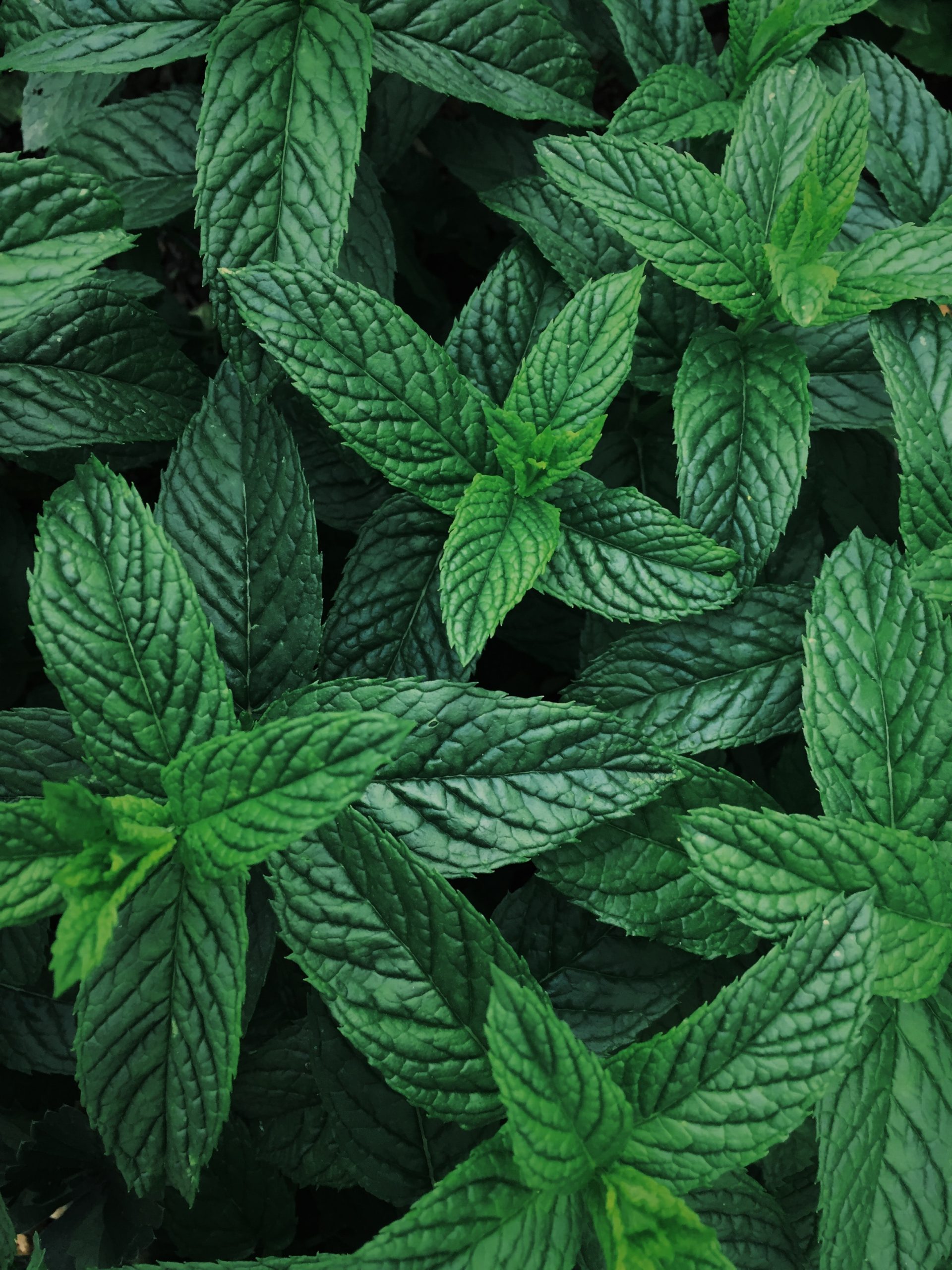
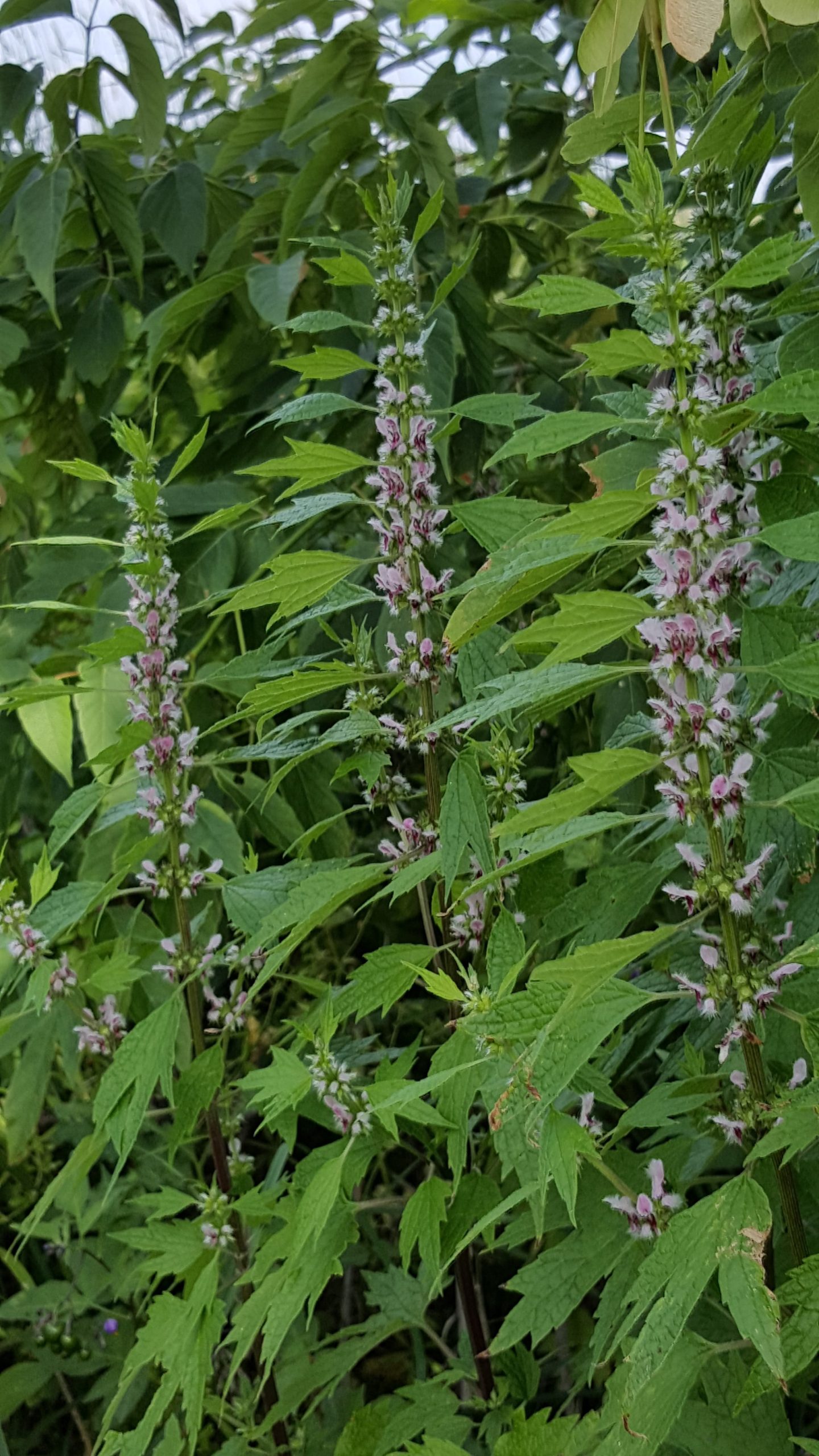
This herb is dear to my heart because it grows abundantly on my parent’s farm.
As it’s name suggests, Motherwort is there to comfort and protect. This is the plant you want to go to when you just can’t do it anymore.
It’s latin name, Leonurus cardiaca, means “lion hearted”. Strong and heart centered is what this plant offers.
Motherwort is a member of the Mint family, just like peppermint. It doesn’t have the pleasant aroma like the other mints, but it is strong and robust, and will grow almost anywhere, like most mints.
If you would like to learn more about how Motherwort can help you, check out my blog post, “Motherwort – It’s Uses & Benefits“.
The rose is probably the most highly recognized plant for uplifting one’s spirit.
It has always been a symbol of love and forgiveness.
I like how a blog post from the Herbal Academy describes the thorns: “The thorns are not to wall you off from the outside world, but instead, they express the complexity, beauty, and darkness that accompanies grief.”
The rose has the capacity to help us see the love, comfort, compassion and kindness in the world around us.
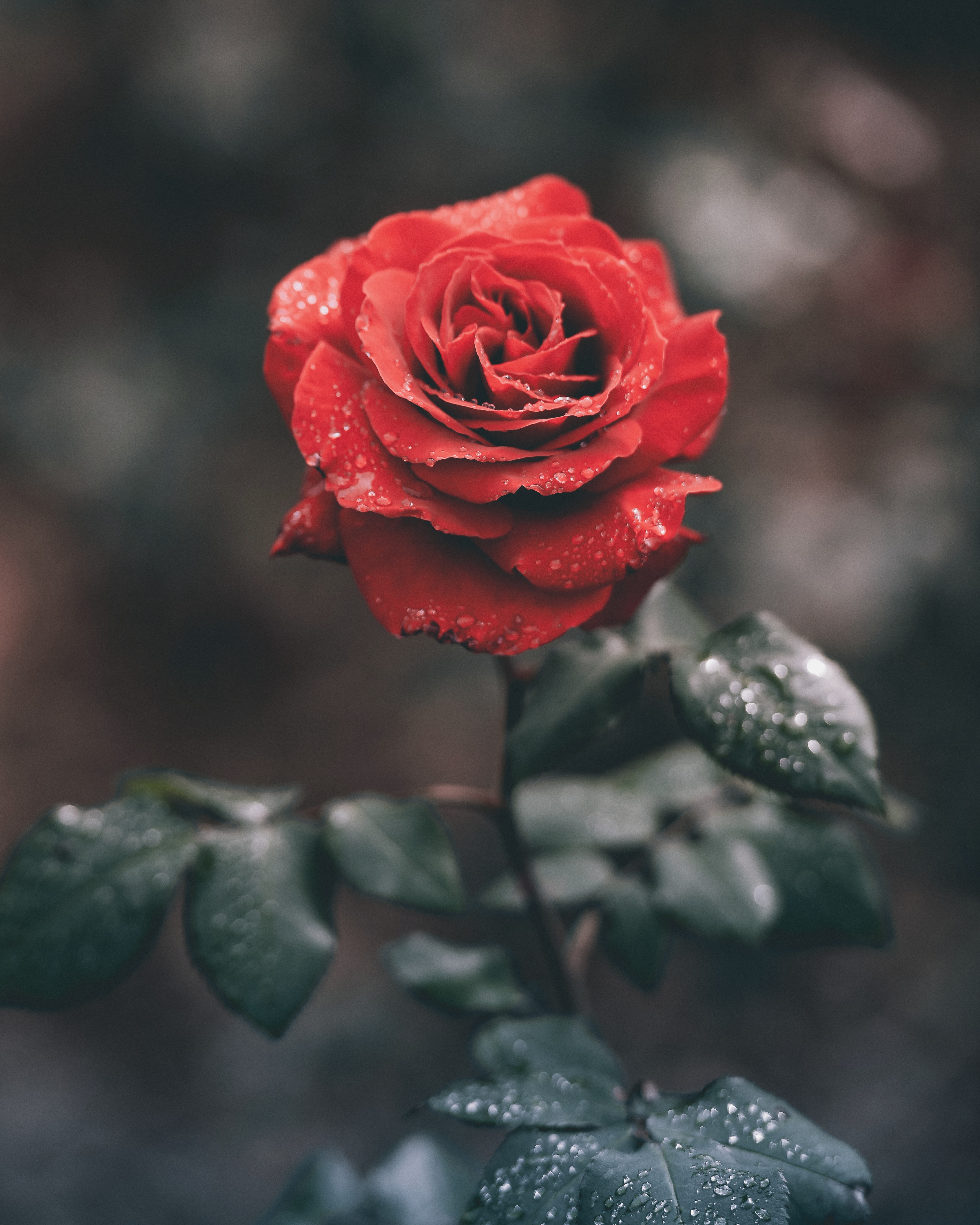
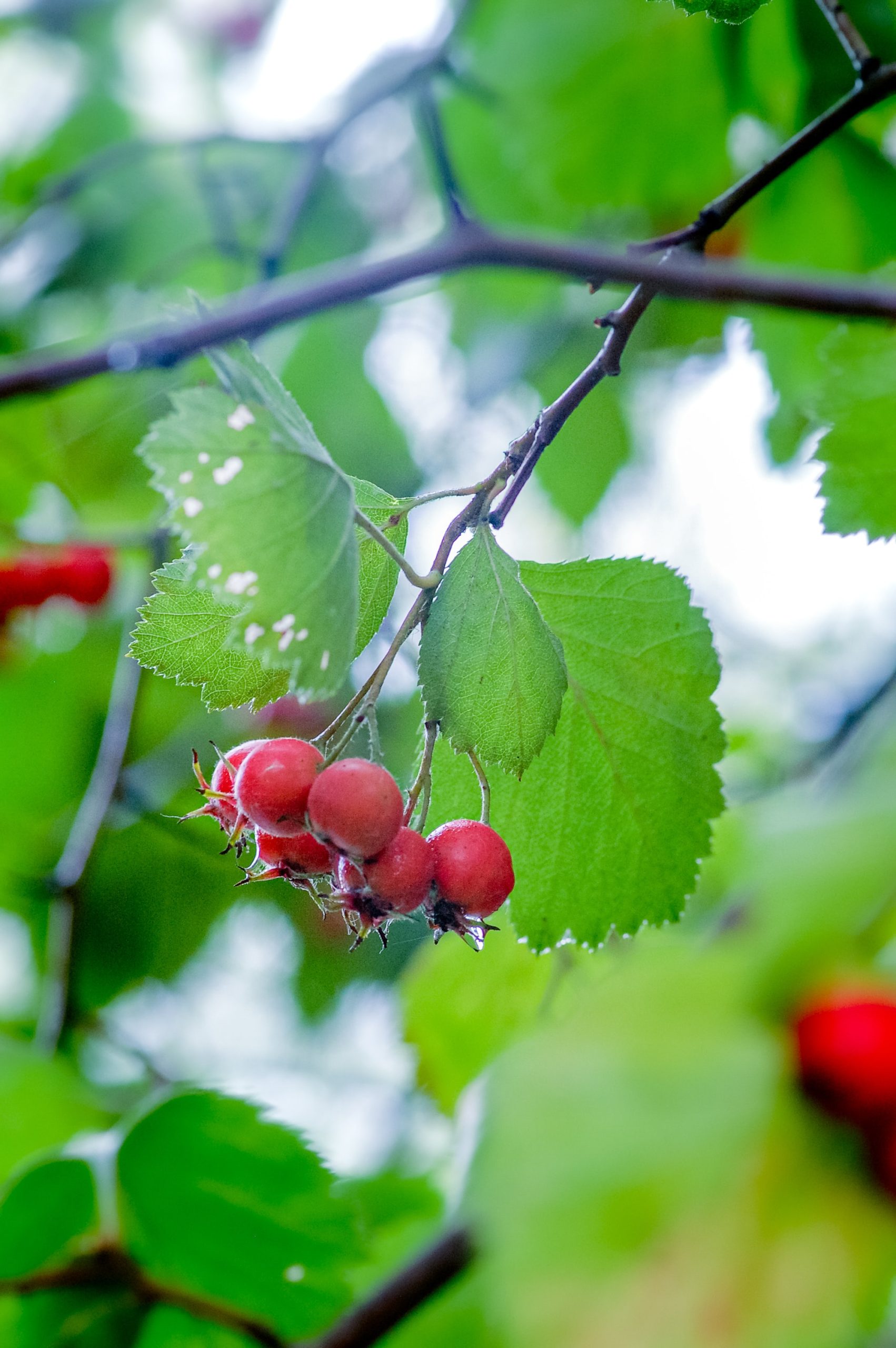
Hawthorn is the classic heart tonic remedy in Western Herbalism.
It’s red berries are best known for helping the heart.
It is also known as a mild sedative and can help calm one’s nerves.
Hawthorn encourages one to find hope, love and longevity in the journey forward.
When our spirit becomes weak and frail, hawthorn will help in restoring strength once again.
Hawthorn can bring back the confidence and help one to not live in fear of death.
Here is a short podcast with more info on hawthorn from HerbRally.
There are many other herbs and plants that can help with grief as well. The list is rather endless, as all plants support us in so many ways.
Here is a list for you to reference:
Grief enters our lives in so many ways. It can come as a loss of a loved one, loss of a job, health issues, arguments, etc.
The important thing to learn from grief, is how to handle it in a healthy way. Know what your limits are and how much you can handle.
Never be afraid to ask for help, or ask someone to just listen to what you have to say.
Taking a walk in nature or meditating can also help take away some of the sadness you may be feeling.
Just know that grief is a part of life and bonds us closer together.
https://herbandroot.com/blogs/collections/frankincense-myrrh-more-valuable-than-gold
http://www.flowerfolkherbs.com/articles1/frankincense-a-sacred-resin
https://www.happiness.com/magazine/health-body/essential-oils-for-grief/
http://northforestfarms.com/2021/10/07/good-grief/
https://www.evolutionaryherbalism.com/2018/07/13/herbs-for-grief/